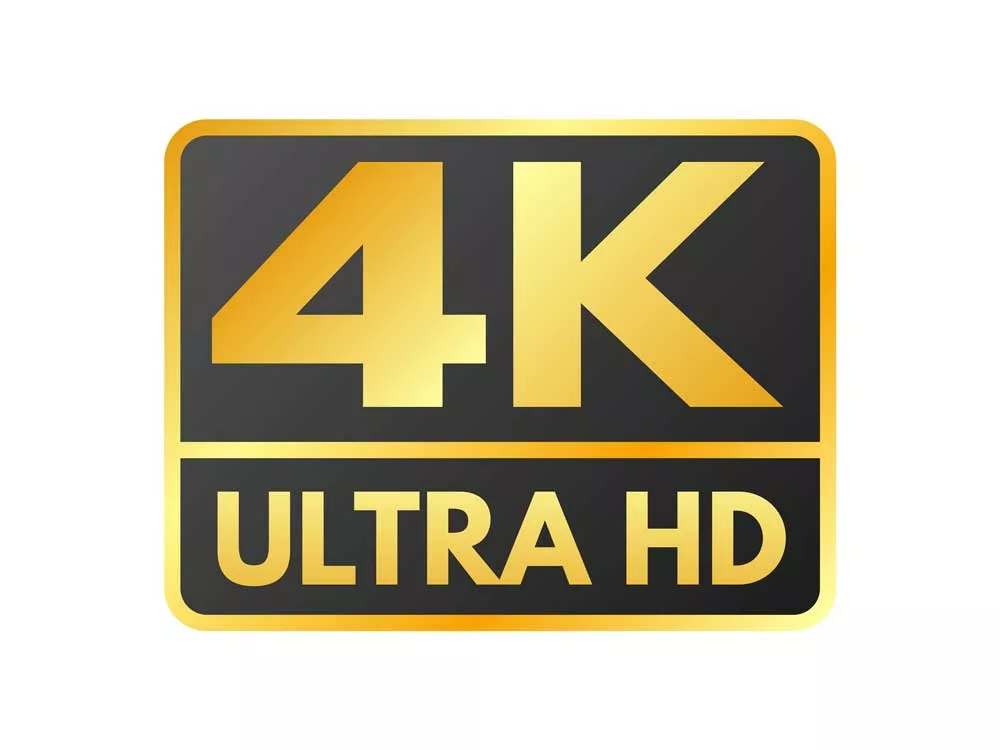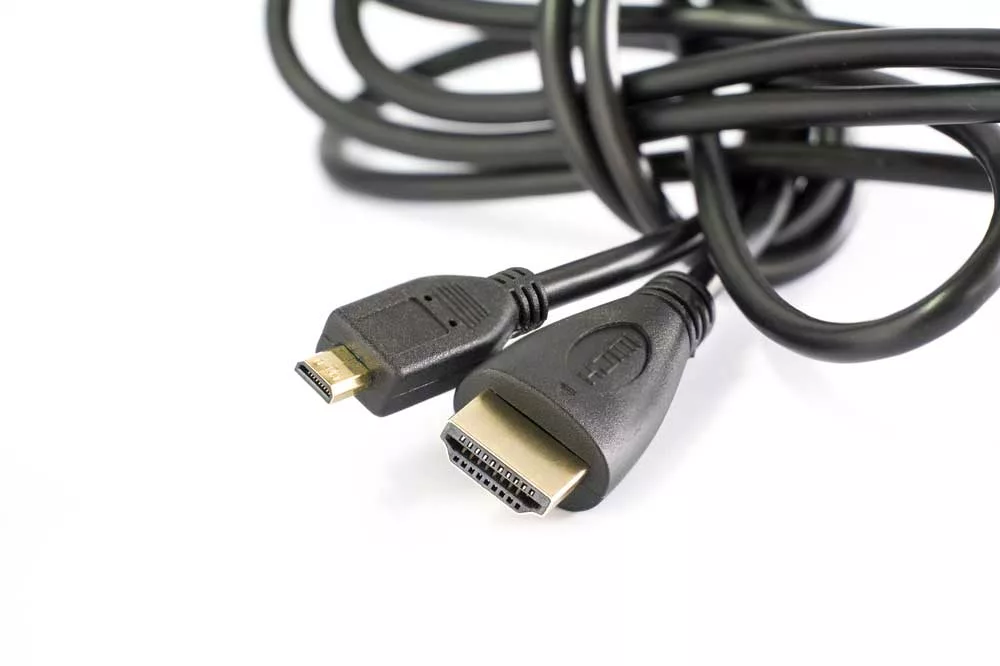About HDR HDMI cable, New display and audio technologies are emerging daily, and the latest is HDR.
However, to enjoy any new technology on your display, you must have a cable to transmit the content with its feature intact.
HDMI cables embrace new technology in their existing standards or latest development, allowing you an incredible visual experience.
So, what about HDR technology? Can the existing HDMI cable support it, or do you need any specific cable?
Let’s get all the answers while reading this blog post.
Table of Contents
- What is a High Dynamic Range (HDR)?
- What are the requirements for HDR?
- Do you need a special HDMI cable for HDR?
- Conclusion:
What is a High Dynamic Range (HDR)?
Its display feature presents better contrast between bright and dark images due to its broader spectrum.
Here, the dynamic range is the ratio that compares the maximum and minimum values.
So, a higher dynamic range can significantly reproduce high and low spectra.
People believe that HDR is specific to 4K; however, that’s not the case.
If the HDR content is local, you can pair it with HDR-compatible, less-resolution displays.
For example, if your source material is a physical disc, you may require a Blu-Ray player to read the HDR information.
With HDR, you can enjoy better details of any picture with rich colors, enhanced contrast, and increased depth of the image.
If you want to verify an HDR’s effectiveness, get an image with a shiny night background.
On implementing HDR, you will experience the contrasting and distinctive nature of the sky’s deep black color and the bright glittering stars.
On the contrary, if you see such an image in a non-HDR setup, the bright stars will more likely fade away in the sky’s darkness.
4K and HDR are not the same
4K indicates the total pixel count in your video, around 4000 pixels. The main function of this high resolution is to get sharp and clear images.
Different companies label it with different names; some may call it 4K, while others call it 4K UHD.
On the contrary, HDR is a technology that defines and presents the picture in bright and vivid colors to give you a visually striking experience.
Not all content is HDR; if the content is HDR, your TV must be HDR-enabled; otherwise, you won’t be able to enjoy this content feature.
Also, not all HDMI versions support HDR or 4K. Only HDMI 2.0 and higher versions support this feature as they have a required bandwidth of 18Gbps.
You must know that adding new specifications and functions to the already existing HDMI versions is impossible.
Thus, HDMI comes up with the latest to embrace new and evolving technologies.

A 4K ultra HD symbol
What are the requirements for HDR?
Here are a few things that you need to display HDR content:
Bandwidth:
It would be best to have a data flow of at least 18Gbps to stream HDR content.
This is why HDMI 2.0 officially does not support HDR, but its 18Gbps bandwidth allows the transfer of audio, video, picture tone, text, and brightness information in most cases.
The previous versions do not have the features and specs required for HDR’s dynamic range content, enhanced color depth, more comprehensive color range, etc.
Also, they do not have the required signaling capacity to transfer HDR content between the devices.
10-Bit color:
An ideal rating for HDR is 12-bit, but 10-bit can also do the job. However, 10-bit is the minimum color depth that a display requires to show HDR content with high integrity and color contrast between bright and dark images.
HDR-capable display:
As discussed above, you will need an HDR-enabled display (TV, Monitor, or projector) to reproduce increased brightness, wider color range, and a high dynamic range of HDR content.
Ultra high-speed or premium high-speed HDMI cable:
There is nothing like a special HDR HDMI cable. However, the HDMI Forum continuously introduces new versions of HDMI cables that support their latest standards.
As you know, HDR support starts with HDMI 2.0a; you will need a cable that caters to 2.0a or higher standards.
So it would be best to have ultra-high speed or premium high-speed HDMI cables.

An Ultra high-speed HDMI cable
HDR-compatible software or source device:
Suppose you have the HDR display, but what if your content is not HDR? There will be no benefit of having an HDR-enabled display.
Thus, your source displays, like DVD players, graphics cards, gaming consoles, or streaming services, must generate or process HDR content.
Do you need a special HDMI cable for HDR?
No, there is no special cable. All HDMI cables supporting HDMI version 2.0 and higher can work with HDR content.
However, you may find these cables named “HDR-compatible” to ensure that these HDMI cables facilitate HDR.
These cables can work with the higher bandwidth required to transfer HDR content.
Exceptions for length:
Theoretically, ultra-high speed and premium high-speed cables should work fine with HDR.
However, despite the specifications by the HDMI forum and mentioned in HDMI licensing, many high-speed cables cannot carry data at the specified speed.
There could be several reasons for the same. Suppose a high-speed cable needs a 1-inch pipe, but manufacturers make a pipe only ⅞ inch wide.
It will work until you send 1/2-inch data, but these cables can become an issue when sending the 1-inch data.
When it comes to cable lengths, shorter cables work fine.
However, if the cable is 10 meters long, it may not work. Such cable can work for one setup and not for the other.
Sometimes, even long cables like 15 ft or more fail to work with 4K HDR data. Even with the “active HDMI cable, “ a similar issue has been seen.
However, the good thing about HDMI is that it works or it doesn’t. It’s always YES or NO, and there is nothing in between.
Annoyingly, you can never tell whether a cable can work with HDR just by looking at it. You will have to try then and check.
Set all settings on the source correctly, have access to HDR content, and make sure your TV is HDR enabled and your TV must show an HDR display.
If not in the case, then you have to get a new cable.
Conclusion:
If you need a cable that works with HDR, go for premium-certified or higher-speed cables.
Though they are a little expensive, they work smoothly with 4K HDR content.
Further, if you have to buy a long cable and pay a considerable amount for that, try buying it from a place with a money-back return guarantee.
Don’t be confused as to where to get your HDR HDMI cables.
Come to Cloom, and we will present you with a wide range of HDMI cable assemblies in desired lengths according to your settings.
